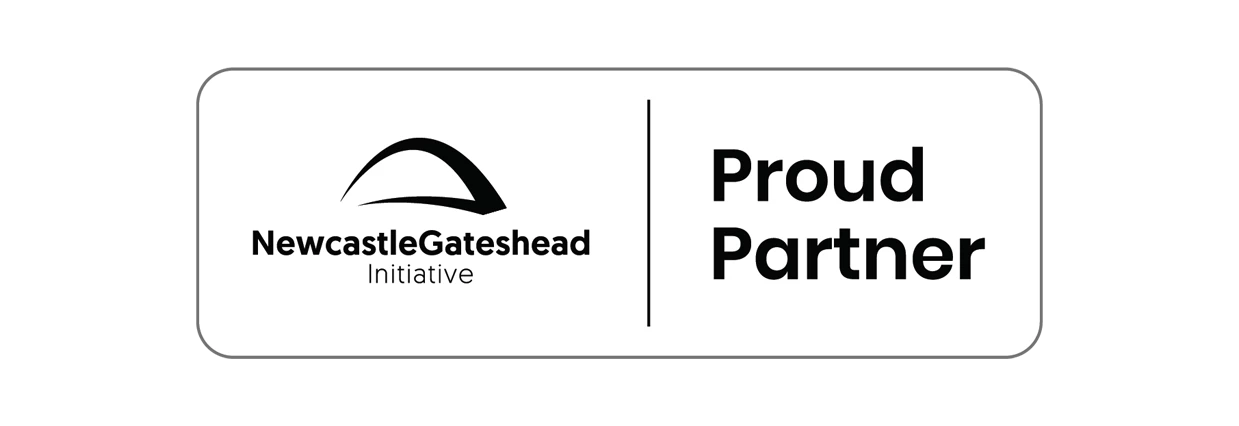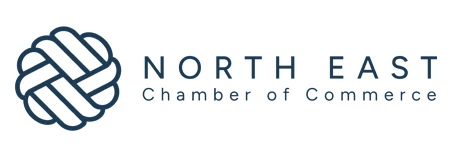Partner Article
From Retailers’ Desk: Gauging Customer Psychology Using Data Insights
Customer relation at present has become a highly sophisticated term which is well past the basic level of a buyer selling and the customer buying a product. Customers in retail now demand a more meaningful and long term experience. I’d suggest that in order to meet with such demands, businesses should get the aid of psychological behavior, so technology can be used in an efficient and effective manner to meet the customer expectations appropriately.
Psychological Assessment
The innovations in data collection methods have made it possible for analysts to capture data related to Customer psychology and measure them. I’ve found that this brings about better personalization of customer interactions. Capturing psychological data involves direct netting and assessment of the traits, tastes, expertise, preferences, and values from the psychosomatic profile of customers. This in my opinion enables organizations to customize the user experience without affecting any privacy issues that crop up with methods like behavior tracking.
Psychometric Analysis
Psychometric methods are now more advanced than ever, and are used widely by organizations to ensure a valid and reliable assessment of the psychological data. This data when used by the marketers, developers and researchers is easy to decipher and you can arrive at the right tools that enhance the customer relationship and loyalty. The assessment proves as an invaluable tool that enables organizations to make informed decisions which are focused more on the people involved, their style and preferences, ensuring a comprehensive coverage of the issue.
Valuable Data Analysis
I’ve seen frequently that most organizations do not approach data they have collected in the right perspective. There are certain tools, methods, and ways which can be applied on the data to get a better insight of customers’ needs. Analyzing data, extrapolating the complicated and disparate data, increasing awareness, and interpreting customer insights correctly are some crucial factors that should be adhered to in every organization.
Significant Customer Insight
With the right customer insight, I’ve found it is easier to understand the issues that customers face. What had earlier been only hunches or assumptions can be validated when you assess customer behavior. Armed with the appropriate insight, it is easy for marketers and managers to interpret customer issues, requirements, and needs in a better way than what the customers can arrive at about themselves. It is not sufficient for a few department heads to understand about the process. Instead it should be disseminated all through the organization. Not sharing data silos within an organization can lead to:
Restricted data to work on Lost openings Less competent process in general
The need for tools like balanced scorecards help in both consolidating as well as interpreting data received from several sources. This in my opinion leads to better formatting of the data, so the organization can view the big picture clearly and in full detail, and also focus on a particular issue and analyze it thoroughly.
Shift in Retail Practice
Several companies are changing over from the conventional retail model of manufacturing and selling, towards sensing and responding model. Sensing customers helps in anticipating and understanding the needs of them, and finding the right solution through a company’s services and products. This in my opinion is the right formula for success in today’s market situation. The benefits of customer sensing include:
Implementing better responses to the needs of customers Better insights into customers’ needs, tehreby greatly reducing the ambiguity Speedy response to the needs of customers
80-20 Rule and its Significance
Though the 80/20 rule is a popular doctrine that many businesses profess to follow, I believe that not many do it successfully, nor they know the right way to approach it. The rule basically denotes that 80% of a company’s revenue comes from 20% of its clients. With customer satisfaction being the main key for a profitable business, finding the right customers and retaining them are necessary for organizations to prosper.
Isolating key customers is just a single or initial step towards developing a profitable relationship. Collecting ongoing data of the identified customers and gaining appropriate insights on the right customer psychology is necessary to bond powerfully with the customers. Besides, creating a comprehensive selling strategy that benefits both the enterprise and the customer alike is what businesses should eventually aim at. For More Information on Business Intelliegence and Analytics, Please visit website of Tata Business Support Services.
This was posted in Bdaily's Members' News section by Abhijeet Kotwal .








 The real cost of tendering for construction SMEs
The real cost of tendering for construction SMEs
 A welcome step forward – but let’s keep pushing
A welcome step forward – but let’s keep pushing
 Industrial strategy 'can drive business forward'
Industrial strategy 'can drive business forward'
 Industrial strategy 'can be game-changer we need'
Industrial strategy 'can be game-changer we need'
 Driving skills forward with near £100,000 boost
Driving skills forward with near £100,000 boost
 What pension rule changes could mean for you
What pension rule changes could mean for you
 North East can't be an afterthought in AI future
North East can't be an afterthought in AI future
 Understanding the impact of the Procurement Act
Understanding the impact of the Procurement Act
 Is the UK losing ground in life sciences investment?
Is the UK losing ground in life sciences investment?
 Construction workforce growth can't be a quick fix
Construction workforce growth can't be a quick fix
 Why it is time to give care work a makeover
Why it is time to give care work a makeover
 B Corp is a commitment, not a one-time win
B Corp is a commitment, not a one-time win